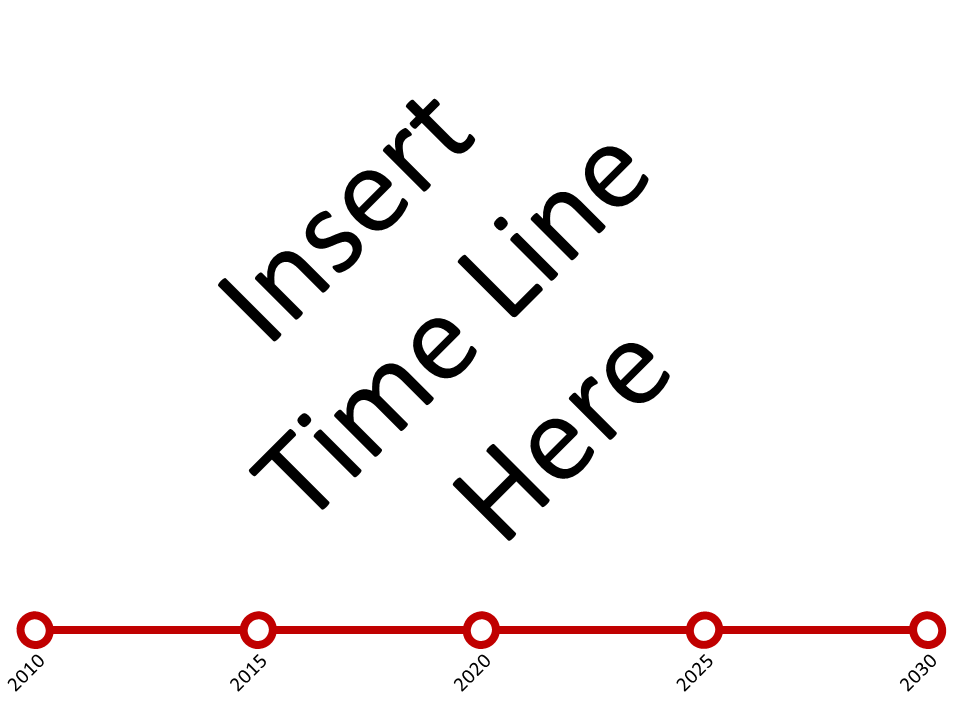The Gilded Cage
The Summary
The scenario
The year is 2030 and the EU was able to create a unique identity for all its residents. Though the EU has succeeded in integrating its member states and keeping its membership intact, it is a far cry from the economic and political progress that its creators had envisaged.
The 2009 financial crisis rocked the EU economy, which was till then growing and stable.
The growth of the emergent economies of BRIICS (Brazil, Russia, India, Indonesia, China & South Africa) shifted the global focus from EU to these new regions. The EU at this point held lesser significance than the fast developing countries.
Since then, EU's economy is stable and the political environment is progressive, but the growth is not significant to crow about.
Timeline
Period of 2010 - 2015
The economy crisis that started in 2008 has a significant impact on EU. The crisis is a long drawn battle that was initially thought. The massive funds invested by the developed economies in bailing out its financial and manufacturing sector did not reap much dividends. Law makers believed that the economy would recover by 2010, but after showing a minor sign of recovery the economy spins into a long depression. Unemployment rates reach all time high with a huge impact on the political climate.
The developed countries in EU register negative growths for 3 consecutive years with rising fear of this turning into a norm. The UK, Germany and France are no longer the biggest influencer's of EU policies.
The Rest of the World (ROW) losses its interest in the EU due to the prevailing climate
Period of 2015 - 2020
Period of 2020 - 2025
Period of 2025 - 2030
Key Variables
Governance
Economy
Identity
Immigration
Boundary
Financial System
Culture
Commerce / Trade
Resources / Energy
Political Alignment
Population Change

